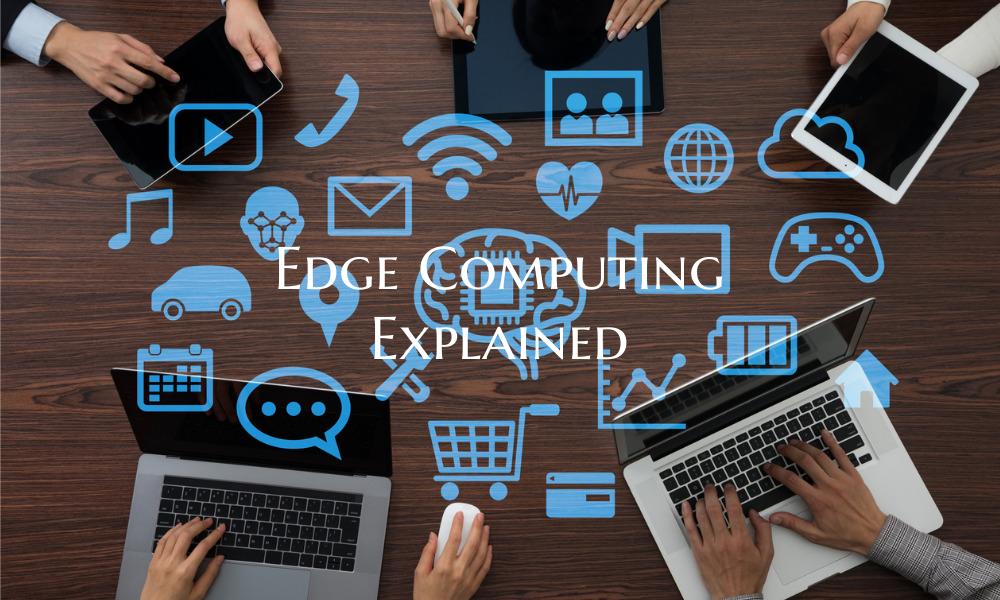Edge Computing Explained
Edge computing is a groundbreaking paradigm that is revolutionizing the way data is processed, stored, and managed in the digital age. In simple terms, edge computing refers to the practice of processing data closer to the source of the data, rather than relying on a centralized data center.
Traditionally, data processing has been carried out in remote data centers or the cloud. However, with the proliferation of Internet of Things (IoT) devices and the increasing need for real-time data processing, edge computing has emerged as a powerful solution to address the limitations of centralized data processing.
At its core, edge computing leverages distributed computing power located at the "edge" of a network, closer to the end-users or devices generating the data. This allows for faster data processing, reduced latency, and improved efficiency in handling the massive amounts of data generated by IoT devices, sensors, and other connected devices.
One of the key benefits of edge computing is its ability to enable real-time processing and decision-making. By processing data closer to the source, edge computing can significantly reduce the time it takes for data to travel to a central data center and back, enabling organizations to respond more quickly to critical events and extract valuable insights in near real-time.
Moreover, edge computing offers enhanced security and privacy by limiting the exposure of sensitive data to the cloud or external networks. Data can be processed and filtered locally, with only relevant information being sent to the cloud for further analysis or storage, reducing the risk of data breaches and ensuring compliance with data privacy regulations.
In conclusion, edge computing represents a fundamental shift in how data is managed and processed in the digital era. By bringing computing power closer to the data source, edge computing offers numerous benefits, including improved performance, reduced latency, enhanced security, and increased efficiency. As the adoption of IoT devices continues to grow, edge computing is poised to play a crucial role in shaping the future of data processing and analytics.

